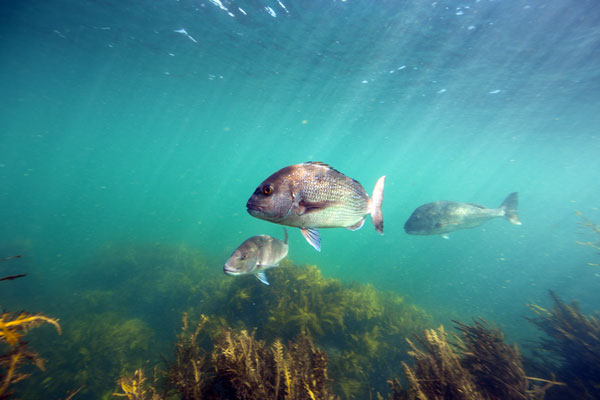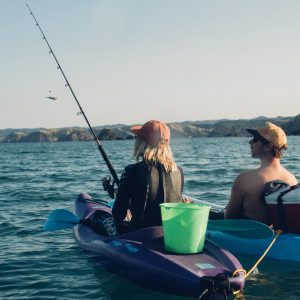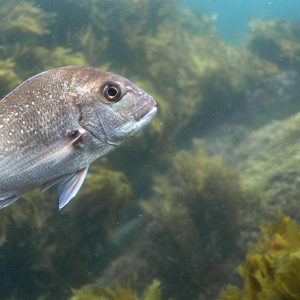Snapper stocks out west of the North Island have rebuilt to an abundance level beyond most people’s living memory. Fisheries New Zealand (FNZ) has proposed catch increases for commercial fishers, an increase to the overall allowances for recreational and Māori customary fishing interests, and no changes to recreational bag or size limits. Submissions are due by July 27th.

This has been a tricky conversation because we rarely deal with mainstream fisheries that could sustain catch increases. FNZ propose to increase the 1300 tonne Total Allowable Commercial Catch (TACC) by 25, 50, 75 or 100 percent.
Before considering an increase for snapper we need to consider the impacts on other species caught in the same trawl fishery. Despite being a valuable commercial catch, there is limited information on the stock status of red gurnard, tarakihi, john dory and trevally.
If the Minister permits large catch increases for snapper we have no idea how an increase in bottom trawling will affect these other species or impact on the benthic environment. So we will be urging the Minister, David Parker, to make a precautionary decision now, and do more monitoring to measure the impacts to check if further catch increases could be sustained in several years time.
This precautionary approach aligns with FNZ’s Option 1, a 300 tonne increase to commercial catch limits, increases that allow for current recreational catch, and future customary needs. These increases must only be granted on the basis that the snapper population is reviewed in three years time, to ensure that there are no adverse impacts on snapper, gurnard, tarakihi, john dory or trevally numbers.
We understand there is some interest in the Minister not granting any catch increases and we understand the need for a precautionary decision. However, FNZ has not proposed the status quo as an option, and the Minister has to fulfil his statutory obligation to manage all catch within the Total Allowable Catch (TAC), so there will be a TAC increase by October.
The last time the combined SNA 8 catch was as high as now proposed (over 3000 t) the stock was in steep decline and it took many years to recover. Our objective is to ensure Parker takes the precautionary path that at least maintains the snapper stock at current levels.
There is no rush. It’s not like these fish are leaving in a travel bubble. If they are not caught this year they will grow and can be caught in a few years time.
Several factors have contributed to the rebuild of snapper. Since 2008 there has been a māui dolphin trawl exclusion zone off the coast. Other contributors include several good years where millions of small snapper survived to adulthood, and warming waters. It’s uncertain how much each of these factors have influenced the numbers of gurnard, tarakihi, john dory or trevally off the west coast.
We do know that if the Minister and FNZ are serious about caring for our marine environment by applying ecosystem-based fisheries management then this is their first opportunity to show us how committed they are to that approach. It’s not just about snapper. At the very least we must give more respect to the vulnerable species and dynamic environment that exists out west.
COMMENT
Ken Barry, President of Raglan Sport Fishing Club says a high percentage of west coast recreational fishers have more confidence in Snapper 8 as catches have been high, and fishers can go out knowing they can catch snapper.
“Local fishers are unanimous that the recovery of the snapper fishery has come from the placement of trawl exclusion zones. We don’t want to see that confidence lost due to increased bottom trawling effort.”





